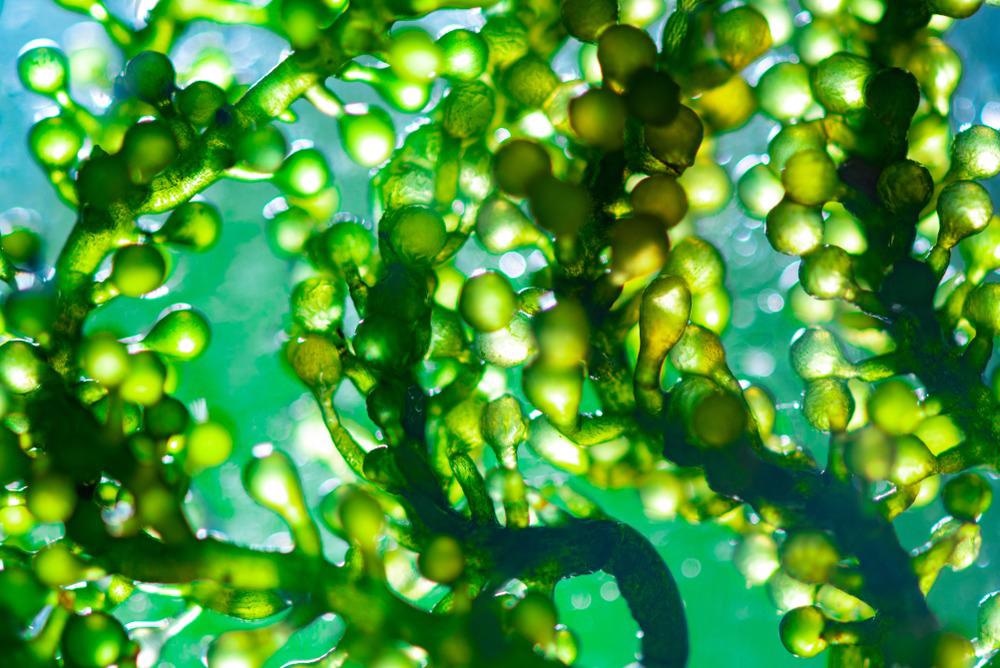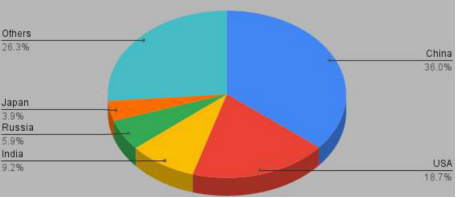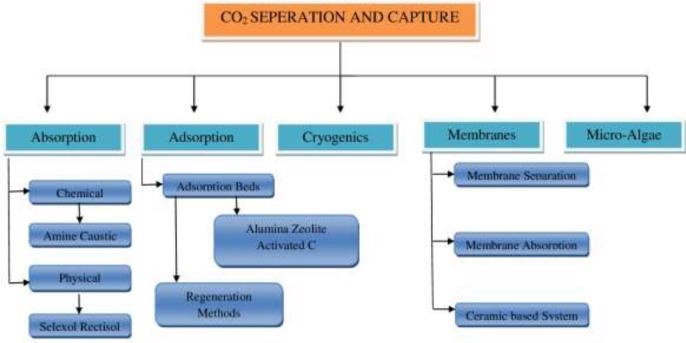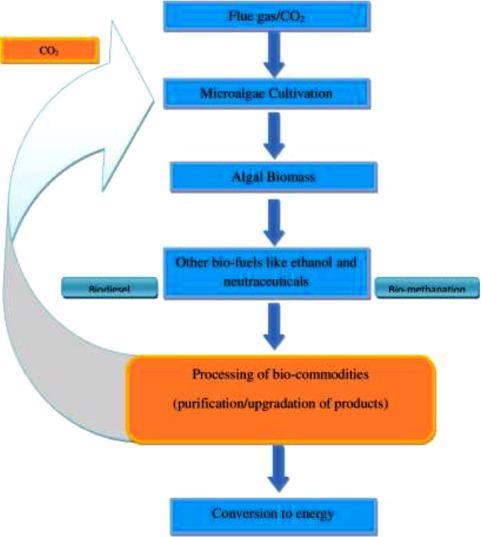Reducing Carbon emissions and capturing Carbon effectively have been the most famous strategies for reducing global warming and pollution as per the latest research in the journal Energy Nexus.

Review on the recent structural advances in open and closed systems for carbon capture through algae. Image Credit: Chokniti Khongchum/Shutterstock.com
The biological algal system has been examined and analyzed in the unique study along with other technologies which range from basic chemical-physical adsorption to innovative membranes and ecological approaches.
The Threat of Global Warming
Global warming is a big concern and is considered one of the most serious threats to planet Earth. Between 1900 and 2005, the Earth’s average temperature increased by 0.78 degrees Celsius. CO2 levels in the atmosphere have grown by almost 25% as a result of unmanaged human activity during the previous 150 years. Between December 2019 and December 2020, there was an almost 2% increase in worldwide energy CO2 emissions.
Challenges in Carbon Reduction
Within the time scale of climate change, it appears difficult to phase out fossil fuels. Furthermore, there are some sectors where CO2 output is inevitable, so transitioning to a net-zero environment would necessitate a fundamental redesign in operational optimization.
The globe can only release a specific quantity of CO2 to keep greenhouse gases below a specified temperature limit, which is known as the carbon budget. At the present level of emission, it will be extremely difficult to keep emission levels within the limit for a 2° C rise in global temperatures.

Global Carbon Emission by Different Countries/ Study Name: Review on the recent structural advances in open and closed systems for carbon capture through algae. Image Credit: Paul, S. et al., Energy Nexus
Carbon Capture and Utilization Techniques
Carbon Capture and Utilization (CCU) simulations not only reduce the number of air pollutants but also provide a profit by substituting CO2 for traditional raw materials in many manufacturing applications.
CO2 use offers tremendous investment prospects in economic expansion, research, and industrialization, and is unquestionably a compelling alternative to Carbon Capture and Storage (CCS), providing the requisite financial advantages to participate in such a project.
Importance of Algae
Algae, which are among the simplest and oldest plants found in aquatic environments, are notable for their better growth and carbon absorption capability when contrasted to other plants. Because of their larger capacity to absorb light and convert it to useful energy, algae have a better photosynthesis competence than photosynthetic organisms. Algae may develop quickly and need a concentrated source of CO2 for photosynthesis due to their high energy conversion. As a result, algae-based CO2 collection is emerging as a potential option for atmospheric Conversion of CO2.
Microalgal cells may also be thought of as cellular sunlight-driven factories able to convert collected CO2 into fuels, livestock renewable sources, industrial bioproducts, and increased medicinal chemicals.
After absorbing CO2 from coal burning, these algal solutions are a plus for the power production business.

Different technologies for CO2 separation and capture. Image Credit: Paul, S. et al., Energy Nexus
Carbon Dioxide Capture by Algae
The requirement for chlorophyll and CO2 is defined simply by the existence and prevalence of photosynthesis in algae species. The objective is to absorb CO2 and turn it into products with some financial value using the natural photosynthesis process in microalgae.
The procedure consists of mostly two steps. The first is a light-dependent step, while the next is a series of light-independent processes. Light-dependent activities are primarily responsible for supplying the metabolic reducing agent NADPH2 as well as the energy source ATP necessary for inorganic carbon absorption.
In the absence of light, this stage goes through many photosynthetic processes. The major processes here are carbon absorption and photosynthetic activity. The process of CO2 fixation utilizing NADPH2 and ATP generated in the light-dependent stage is known as carbon assimilation.
Not only has micro-algae been discovered to be successful in carbon sequestration, but the products generated as a result of this capture have substantial economic importance, and the prospect of converting them into more valuable goods makes the notion of using micro-algae for carbon capture even more appealing.
Microalgae create a large number of lipids within their cells, which may then be turned into products such as biofuels, petroleum, and green diesel.
Limitations of the Process
Sunlight is available in practically all parts of the world and at all times of the year. The only issue may be a shortage of sunshine during the evening hours. Artificial lighting, on the other hand, may help to mitigate this challenge at an increased energy raw material price, but it will allow for continuous output.

General flow diagram associated with cultivation and use of microalgae for carbon capture and fuel conversion. Image Credit: Paul, S. et al., Energy Nexus
Future Perspective and Conclusive Statements
Algae Consumption for Carbon capture paves the way for various future industrial processes. As few studies include flue gas from companies, future research should focus on better identifying the implications of commercial flue gas. Second, picking the right algal breed and using the best carbon fixation technology is crucial.
Algae utilization is a very effective technique and has become the center of research all around the world. Its effective utilization shall play a vital role in the reduction of CO2 concentration and reduce harmful environmental pollutants.
References
Paul, S. et al., 2021. Review on the recent structural advances in open and closed systems for carbon capture through algae. Energy Nexus, 4(30). 100032. Available at: https://www.sciencedirect.com/science/article/pii/S2772427121000322
Disclaimer: The views expressed here are those of the author expressed in their private capacity and do not necessarily represent the views of AZoM.com Limited T/A AZoNetwork the owner and operator of this website. This disclaimer forms part of the Terms and conditions of use of this website.